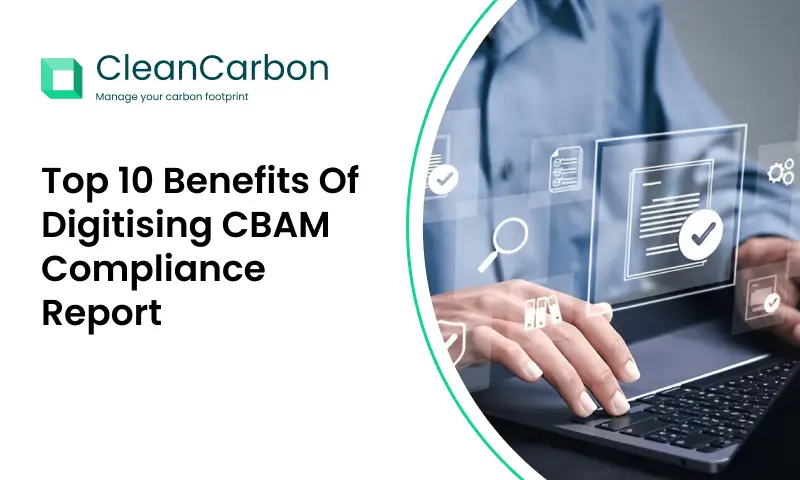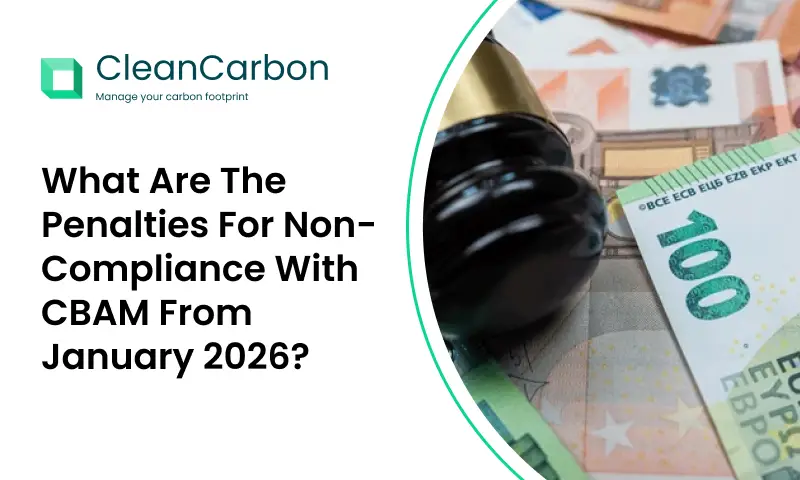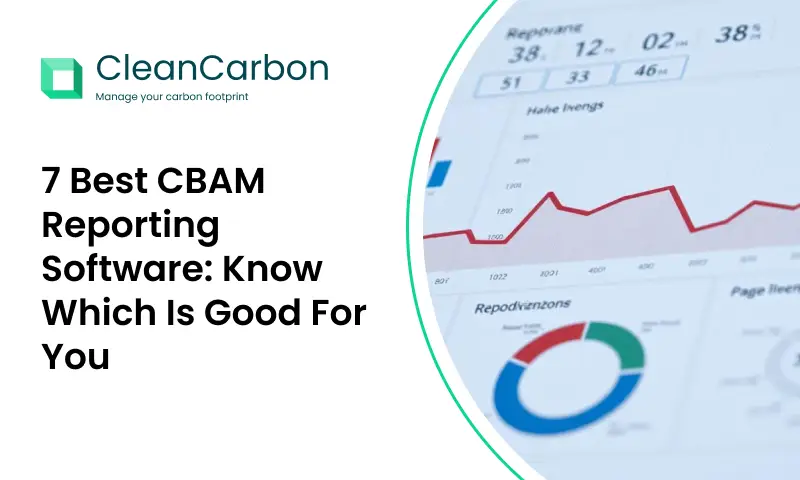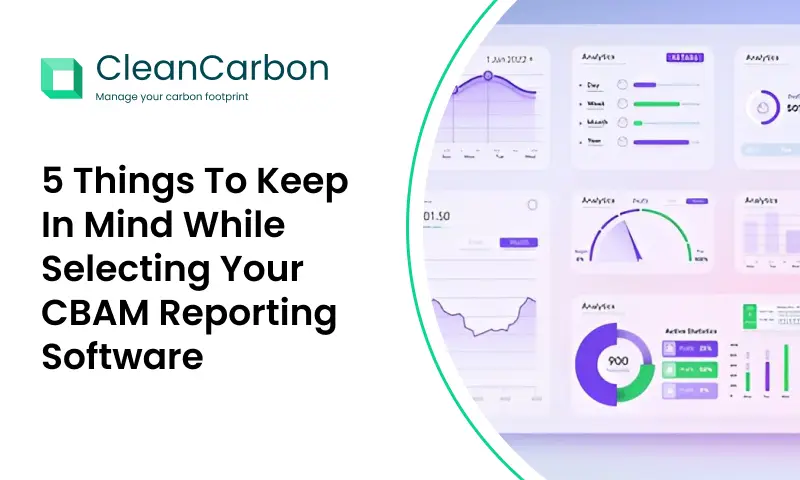EU CBAM: Key Updates and Impacts on Global Trade
The European Union’s Carbon Border Adjustment Mechanism, commonly referred to as CBAM, is a groundbreaking policy aimed at curbing carbon leakage and supporting the EU’s ambition to achieve climate neutrality by 2050. As a vital element of the European Green Deal, the EU CBAM has undergone significant revisions since its initial proposal in July 2021. This article explores the major updates to the EU CBAM framework and their potential effects on businesses, including CBAM partners, and international trade across CBAM Europe.
Understanding the CBAM Framework in CBAM Europe
The CBAM is a system designed to impose a carbon price on specific carbon-intensive goods imported into the EU. Its core purpose is to prevent carbon leakage, where EU industries might relocate production to countries with less stringent climate policies, and to drive global decarbonization by ensuring that imported products face similar carbon costs as those produced within the EU under the Emissions Trading System (ETS). The CBAM EU mechanism is a critical tool for maintaining fairness in trade while addressing environmental challenges in CBAM Europe.
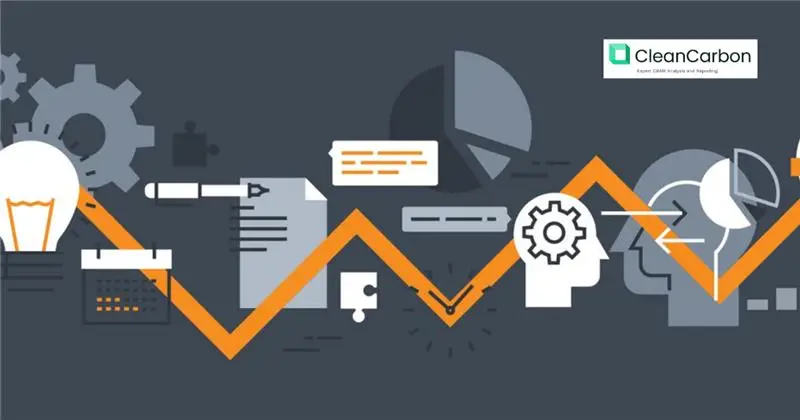
Initially introduced as part of a broader legislative package to cut emissions, the CBAM targets high-emission sectors such as cement, iron and steel, aluminum, fertilizers, electricity, and hydrogen. It complements the EU ETS by tackling emissions embedded in imported goods, protecting the competitiveness of industries in CBAM Europe while encouraging worldwide climate action.
Major Updates to the CBAM EU Framework
Since its inception, the CBAM proposal has been refined through discussions among EU institutions. Here are the most significant changes in the latest version of the EU CBAM framework:
1. Broader Coverage of Sectors and Emissions Under CBAM EU
The updated CBAM framework expands the range of products and types of emissions it covers. While the original focus was on direct emissions from production, the revised CBAM EU version now includes indirect emissions, such as those from electricity used in manufacturing, for specific sectors. Additionally, it proposes to cover downstream products, like components made from primary materials, to ensure a comprehensive approach to carbon-intensive supply chains across CBAM Europe.
2. Faster Reduction of Free ETS Allowances with CBAM
Under the current EU ETS, industries receive free allowances to mitigate the risk of carbon leakage. The revised CBAM accelerates the phasing out of these allowances, aligning with the goal of equitable carbon pricing. This reduction is set to begin in 2026, with a complete phase-out planned by 2034, ensuring that both EU producers and importers, including CBAM partners, face comparable carbon costs.
3. Tougher Reporting and Verification Rules with CBAM Certificates
Importers under the CBAM EU framework will now face stricter requirements to report the embedded emissions of their goods. The updated mechanism mandates independent verification of emissions data to ensure accuracy and prevent misrepresentation, often tied to the issuance of CBAM certificates as proof of compliance. A transitional period from 2023 to 2025 will allow businesses and CBAM partners to adapt to these rules, during which only reporting will be required without immediate financial obligations.
4. Measures Against Circumvention for CBAM Partners
To address the risk of circumvention—where importers might redirect goods through other countries to avoid CBAM costs—the revised framework includes provisions to monitor and tackle such practices. This involves evaluating whether goods have undergone minimal processing in intermediary locations to evade the CBAM EU mechanism, ensuring fairness for all CBAM partners.
5. Support for Developing Economies Among CBAM Partners
Recognizing the potential burden on less developed countries, the updated CBAM proposal includes measures to assist these economies, many of which are key CBAM partners. This may involve technical support, capacity-building initiatives, or specific exemptions, aiming to balance the impact of CBAM Europe while fostering global decarbonization.
Impacts on Businesses and Global Trade in CBAM Europe
The revised CBAM framework brings several implications for EU companies, international exporters, and CBAM partners. Here are the key effects to consider:
1.Higher Costs for Importers Under CBAM EU
Importers of carbon-intensive goods will encounter increased costs due to the carbon pricing under CBAM. This could disrupt supply chains, especially for industries dependent on materials from regions with less stringent climate policies. Companies and CBAM partners will need to evaluate their exposure to these costs and consider options like sourcing from low-carbon suppliers or investing in cleaner technologies within CBAM Europe.
2. Push for Greener Supply Chains with CBAM
The CBAM EU mechanism encourages global suppliers to lower their carbon emissions to reduce costs when exporting to the EU. Non-EU producers, including CBAM partners, may need to adopt more sustainable production methods or shift to renewable energy to stay competitive. While this could accelerate the global shift to low-carbon practices, it may pose challenges for industries in regions with limited resources for such transitions.
3. Potential Trade Disputes Involving CBAM Partners
The CBAM has sparked concerns among some trading partners who view it as a potential trade barrier. Although the EU asserts that the CBAM EU framework aligns with international trade rules by treating imported and domestic goods equally, disagreements could still emerge. Support for developing economies and a gradual implementation approach may help ease tensions with CBAM partners.
4. Opportunities for Innovation Across CBAM Europe
5. Increased Administrative Responsibilities with CBAM Certificates
Steps to Prepare for CBAM Implementation in CBAM Europe
With the CBAM approaching its rollout, businesses and CBAM partners must take proactive measures to mitigate its impact. Key steps include:
- Evaluate Exposure: Determine if your products or supply chains are subject to CBAM and assess potential cost implications in CBAM Europe.
- Collaborate with Suppliers: Work with non-EU suppliers and CBAM partners to understand their emissions profiles and encourage efforts to reduce carbon footprints.
- Enhance Data Management: Build strong systems for tracking and reporting emissions data to comply with CBAM EU requirements and secure CBAM certificates.
- Consider Alternatives: Explore sourcing from low-carbon regions or investing in technologies to minimize embedded emissions within CBAM Europe.
- Stay Updated: Keep track of developments in the CBAM framework and engage with industry networks to stay informed about compliance obligations and updates on CBAM certificates.
Conclusion
The EU CBAM is a pioneering initiative to address carbon leakage and drive global climate action. While the updated CBAM EU framework introduces tougher regulations and wider coverage, it also presents opportunities for businesses and CBAM partners to innovate and lead in the shift to a low-carbon economy. The success of CBAM Europe will depend on careful execution, international collaboration, and balancing environmental goals with trade equity.
As the CBAM enters its transitional phase in 2023, companies must act quickly to adapt to the evolving regulatory environment. By understanding the key updates and implications of the CBAM EU mechanism, businesses can better navigate challenges and capitalize on opportunities in the changing global marketplace across CBAM Europe.
Read Also: CBAM Importance in 2025 Why It Matters for Global Trade



